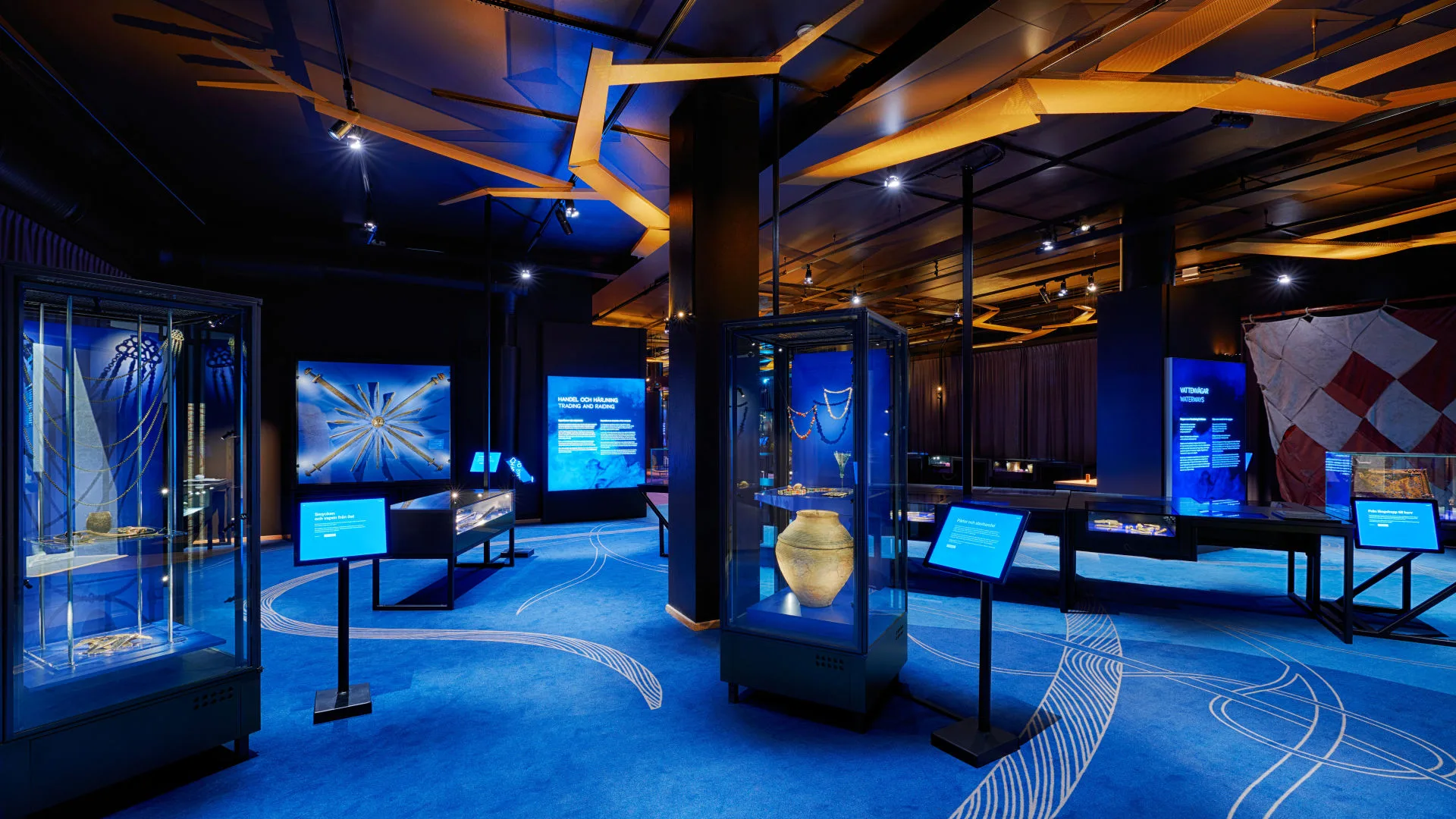Past exhibitions
Exhibitions from 2000 onwards
2025: WITCHES
2025: Sápmi – Our Part of the World
2024: OHTSEDIDH – Sami Cultural Expressions in Central Sweden
2023–2024: Skåpmat
2022: Speaking Memories – The Last Witnesses of the Holocaust
2018: We Call Them Vikings
2018: 100% Fight – The History of Sweden
2017: History Unfolds
2012: The Forty Part Motet
2008-2009: Maria – The Dream of a Woman
2005: vox Deliverance
2005: Nepal – State of Emergency
2005–2006: vox Approach and Shine
2004: Making Differences
2004: Tokyo Style in Stockholm
2004: Ögonblick och synvillor
2003: Fiat Lux – Ljus bliv till
2002: Gyllene arv – Guldsmide förr och nu
2002–2003: White out/Inseparable Angels
2001–2002: Rent bord ska göras
2001: Maria Dubin – Norden möter Tunisien
2001: From Bauhaus to Auschwitz
2000–2001: GLAS – Contemporary Artists meet the Swedish History Museum
2000: Dokument Holocaust

